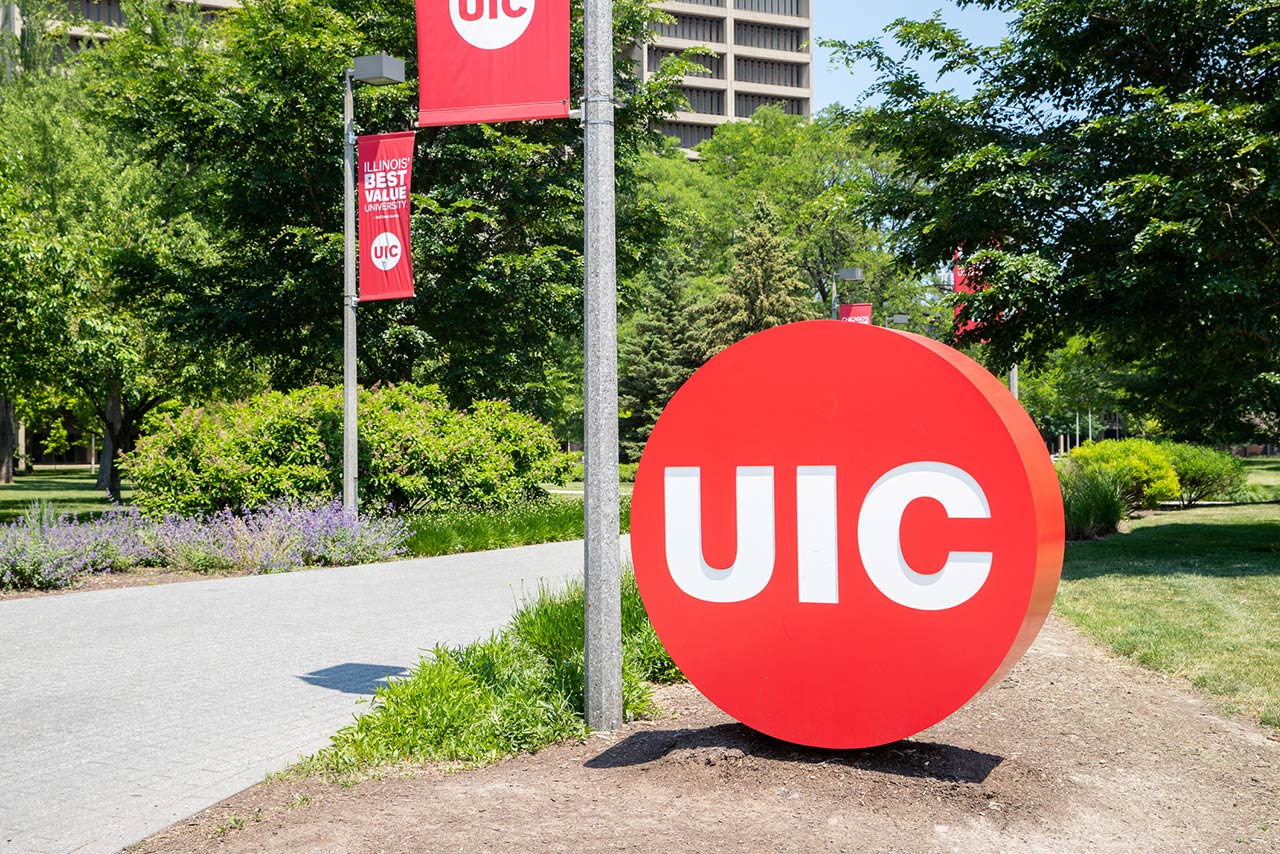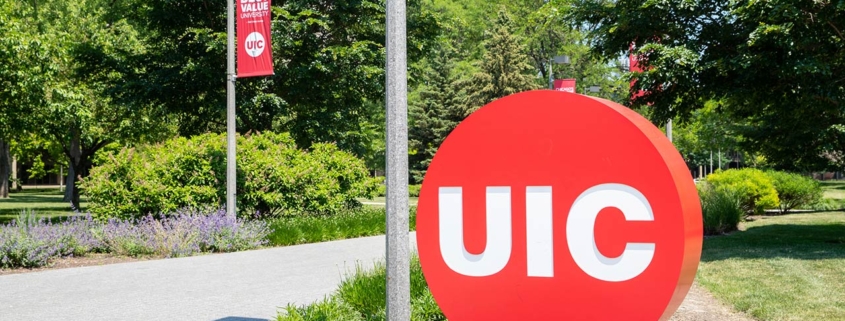Neighborhood News: Wrap up Women’s History Month at the Near West Side’s Jane Addams Hull House Museum

Tucked into a corner of the University of Illinois-Chicago campus at 800 S. Halsted Street, the The Jane Addams Hull House Museumis “Chicago’s dynamic monument to democracy,” according to their website.
The Museum Is located in two of the original settlement house buildings- the Hull Home, a National Historic Landmark, and the Residents’ Dining Hall, an Arts and Crafts building.
Who Was Jane Addams?
A reformer, an advocate for immigrants, and recognized as the founder of the social work profession, according to Wikipedia sources, Jane Addams(1860-1935) made history in 1931 as she became the first American woman to be awarded the Nobel Peace Prize.
From Cedarville to Chicago
She was born into a prosperous family in downstate Cedarville, the youngest of eight children. When she was four she contracted tuberculosis of the spine, which caused a curvature in her spine and lifelong health problems, but the pain was later alleviated by surgery. Her father, John H. Addams, was a founding member of the Illinois Republican Party, serving as an Illinois State Senator, and supporting his friend Abraham Lincoln in his candidacies for senator and the presidency. In 1881, she graduated from the Rockford Female Seminary as valedictorian, but was granted the bachelor’s degree only after the school became accredited the next year as Rockford College for Women. There, she met Ellen Starr, her partner for the next 30+ years and the co-founder of Hull House.
Hull House Takes Shape
During a tour of Europe, Addams and Starr visited Toynbee Hall, a settlement house in London’s East End, according to Nobel.com. This visit solidified their dream of opening a similar house in an underprivileged area of Chicago. In 1889, she and Starr leased a large home built by Charles Hull at the corner of Halsted and Polk Streets, in a neighborhood densely populated by Italian, Irish, German, Greek, Bohemian, and Russian and Polish Jewish immigrants. Later, African Americans and Mexicans put down roots. The two friends moved in to provide a center for a higher civic and social life; to institute and maintain educational and philanthropic enterprises and to investigate and improve the conditions in the industrial districts of Chicago. As the Museum’s website says, they provided kindergarten and day care facilities for the children of working mothers; an employment bureau; an art gallery; libraries; English and citizenship classes; and theater, music and art classes, eventually expanding to a thirteen-building campus. The settlement advocated for legislative reforms at the municipal, state and federal levels, addressing issues such as child labor, women’s suffrage, healthcare reform and immigration policy.
In 2012, when it closed, Hull House was one of the largest social services agency in Chicago.
The Museum Today
Today, the Museum is part of the College of Architecture and the Arts at the University of Illinois-Chicago. Exhibitions and public programs highlight the histories of activism, progressive education, and democratic principles of participation and exchange.
The collection is made up of more than 5,500 artifacts relating to the work of the Hull House Settlement and the surrounding neighborhood.
Guests are welcome to visit the Museum by reservation only. They are open Tuesday-Friday, 10am-4pm, and Sunday from 12pm-4pm. They are closed on Saturdays and Mondays. For more information, click here.
Alison Moran-Powers and Dean’s Team Chicago

